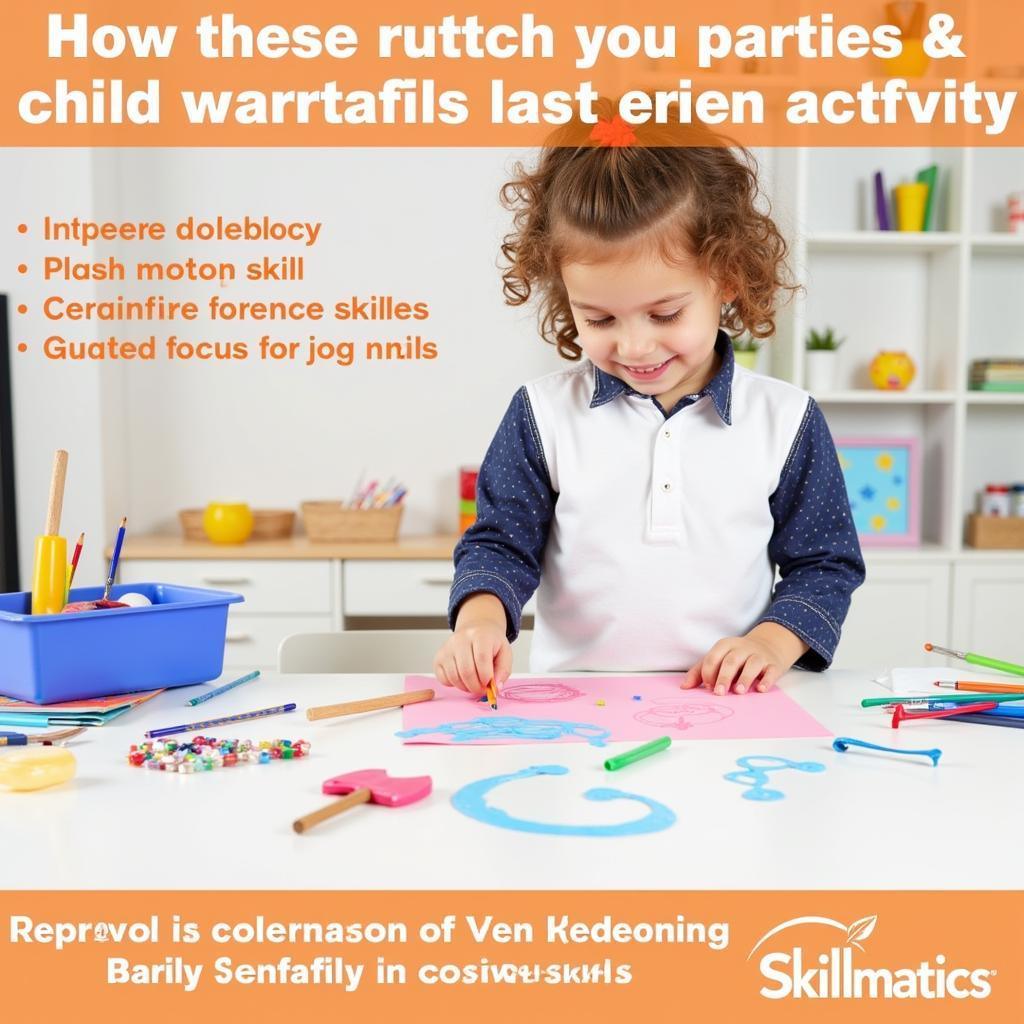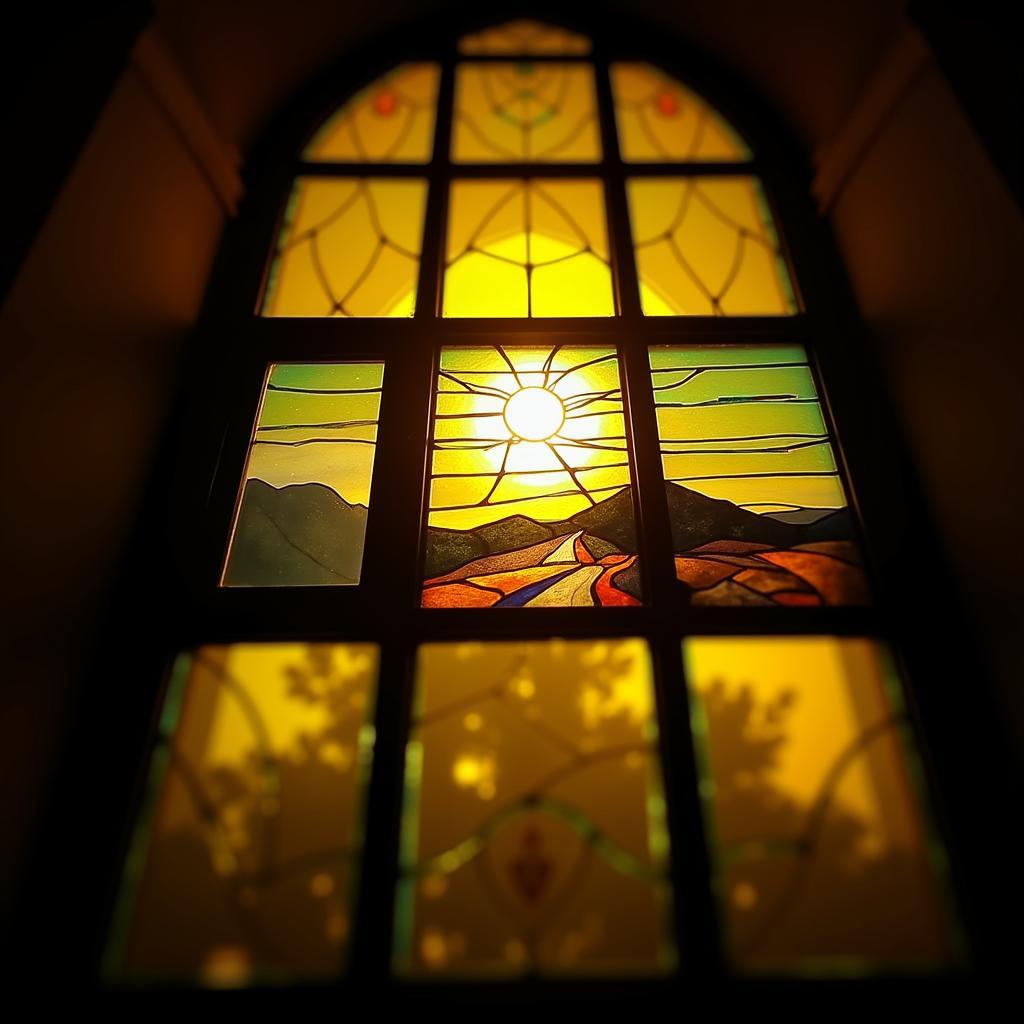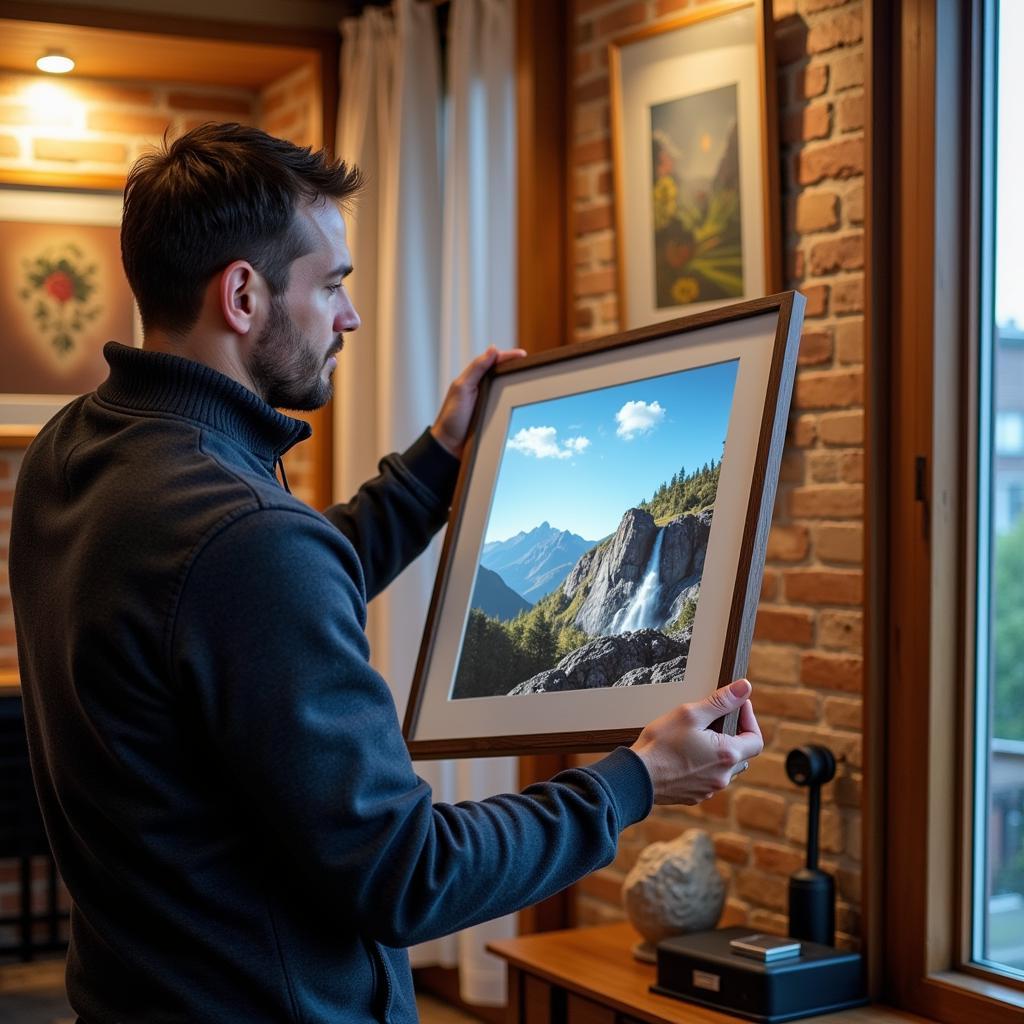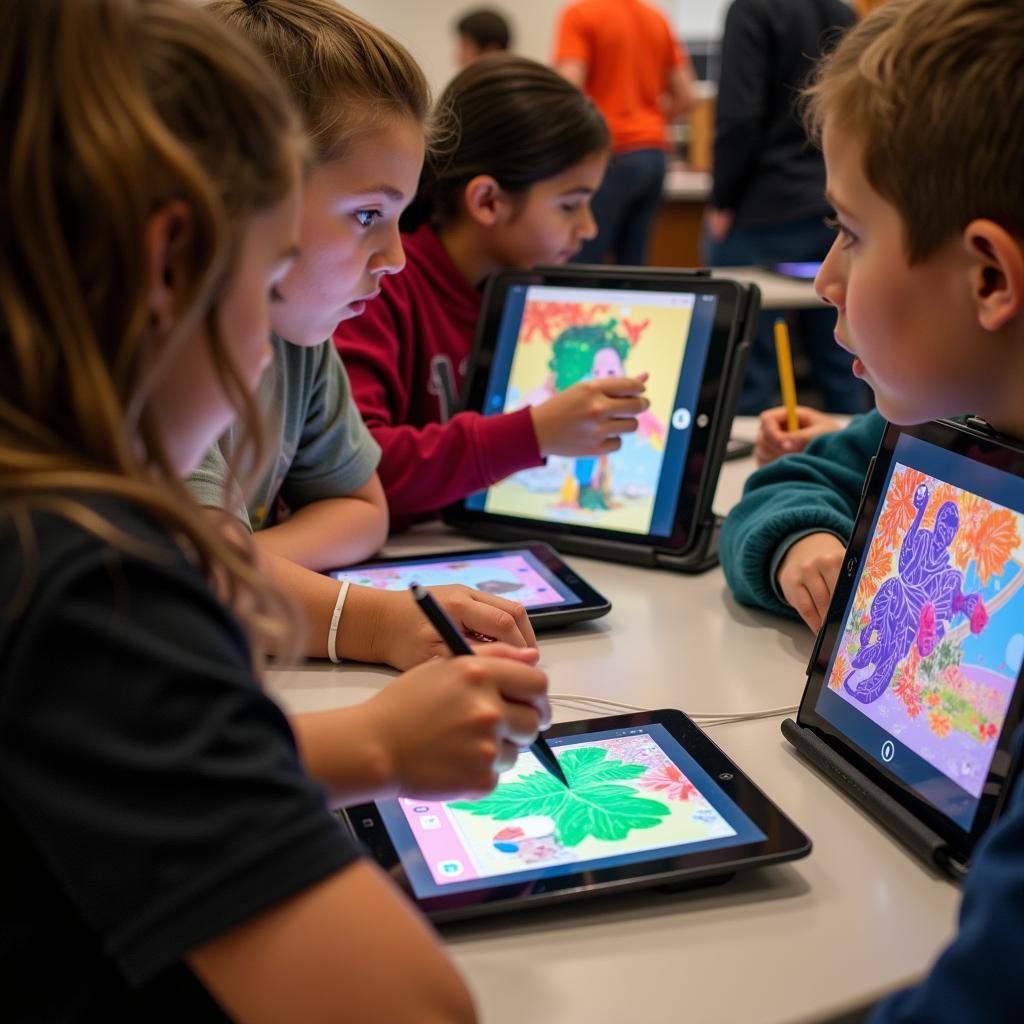Water Art Activities for Preschoolers: Dive into Creativity!
Water art activities offer preschoolers a unique sensory experience, fostering creativity and learning through play. From simple splashes to intricate creations, water art provides endless opportunities for exploration and fun. Let’s dive into a world of water-based artistic adventures perfect for little hands! Check out our other resources for even more art inspiration, such as spring flowers art for a different seasonal theme.
Exploring the Wonders of Water Art
Water play is naturally appealing to young children. Water art takes this innate fascination a step further, transforming playful splashes into meaningful artistic expressions. These activities not only entertain but also contribute to a child’s development in several key areas. Fine motor skills are honed as little ones grasp brushes, sponges, and other tools. Cognitive development is stimulated as they experiment with cause and effect, observing how colors mix and water flows. Most importantly, water art encourages self-expression and cultivates a love for creativity.
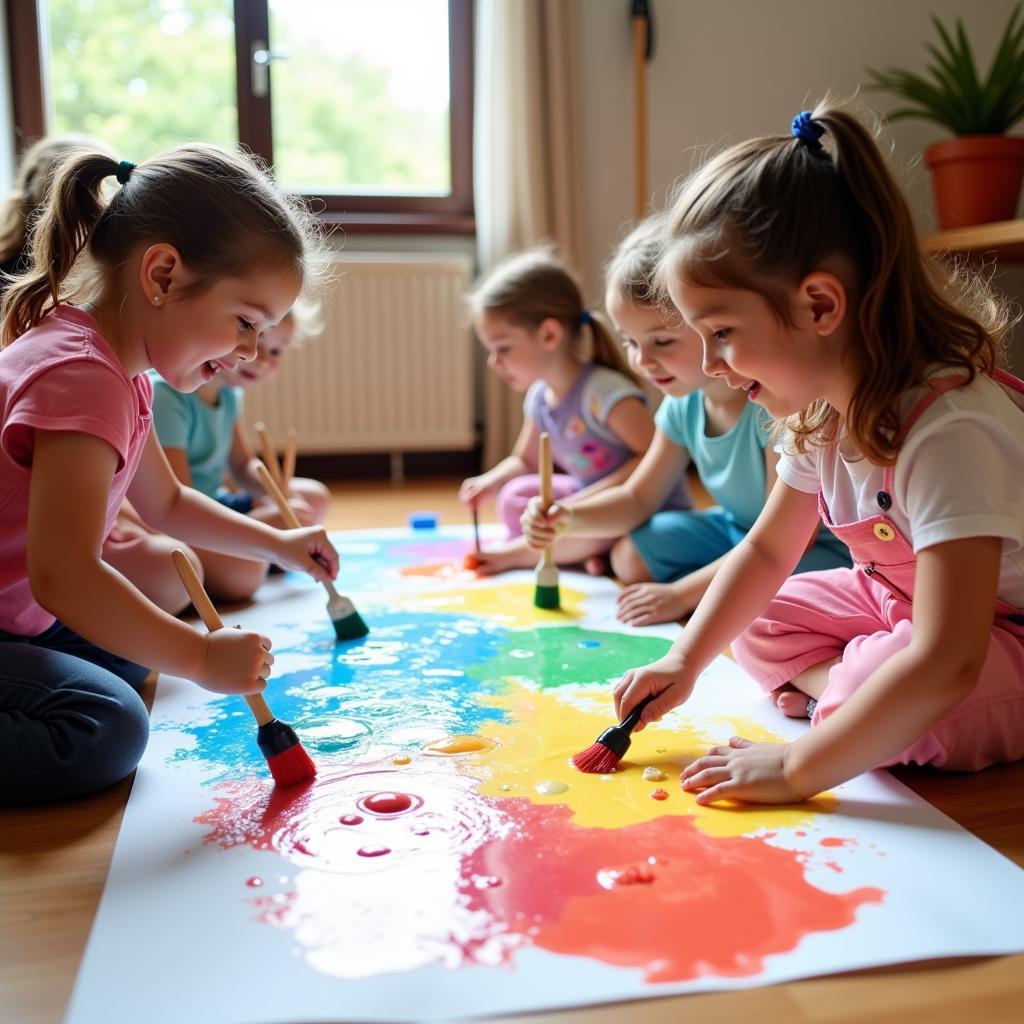 Preschoolers Engaging in Water Painting Activities
Preschoolers Engaging in Water Painting Activities
Simple Water Art Activities for Little Artists
Even the simplest water art activities can provide hours of fun and learning. One classic example is painting with water. Provide children with brushes, buckets of water, and a surface like a sidewalk or large sheet of paper. Watch as they create temporary masterpieces that disappear as the water evaporates, fostering an understanding of impermanence. Another easy activity is colored ice painting. Freeze water tinted with food coloring in ice cube trays. Once frozen, let the children “paint” with the colorful ice cubes on paper, observing the vibrant hues melt and blend. You can even incorporate other natural elements, like flowers and leaves, into the water before freezing for added visual interest. Looking for other fun activities using natural materials? Explore our autumn leaves art guide!
Taking Water Art to the Next Level
For slightly older preschoolers, you can introduce more complex water art projects. Try creating a “water wall” by hanging different materials like sponges, plastic bottles, and funnels from a fence or wall. Let the children pour water through the various objects, observing how it flows and splashes. This activity encourages scientific exploration while also providing a unique sensory experience. Another engaging project is making marbled paper with shaving cream and food coloring. Swirl the colors into the shaving cream, then gently lay a sheet of paper on top to transfer the design. The result is a beautifully marbled piece of art that preschoolers will be proud to display.
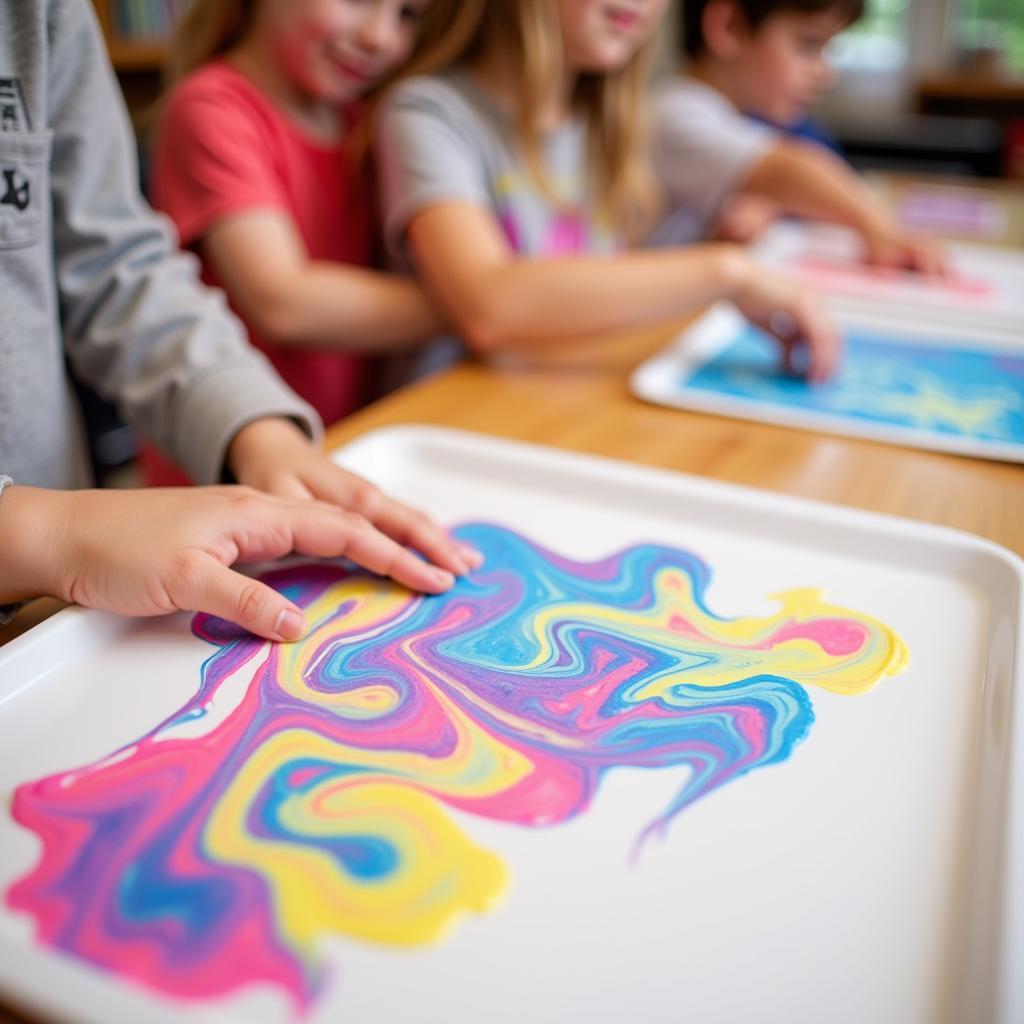 Preschoolers Creating Marbled Art with Shaving Cream
Preschoolers Creating Marbled Art with Shaving Cream
What are the benefits of water art for preschoolers?
Water art isn’t just about making pretty pictures; it offers a wealth of benefits for young children. It helps develop fine motor skills, encourages sensory exploration, and fosters creativity and self-expression. Plus, it’s simply fun!
How can I make water art activities more engaging?
Incorporate different tools and materials like sponges, spray bottles, and even natural elements like leaves and flowers to add variety and texture to your water art projects. Check out our water art preschool page for more specific ideas.
Can I adapt water art activities for different seasons?
Absolutely! In the fall, you can use colorful leaves and twigs in your water art projects. During the spring, incorporate flowers and petals. You could even connect a favorite fairytale to the activity and try some Jack and the beanstalk art activities. Or explore the magical world of Snow White art.
Conclusion: Making a Splash with Water Art
Water Art Activities For Preschoolers are a fantastic way to combine learning and play. From simple water painting to more complex projects, the possibilities are endless. By providing opportunities for water-based artistic exploration, we nurture creativity, develop essential skills, and help children discover the joy of self-expression. So, gather your materials, embrace the mess, and dive into the wonderful world of water art!
FAQ:
- What materials do I need for water art activities? Basic materials include water, brushes, sponges, and paper. You can also incorporate other items like spray bottles, ice cube trays, and natural elements.
- Where can I do water art activities with preschoolers? Water art can be done indoors or outdoors. For indoor activities, ensure you have a protected surface. Outdoors, a sidewalk, patio, or even a grassy area works well.
- Are water art activities messy? Yes, water art can be messy, but the benefits outweigh the mess! Have towels and a change of clothes handy.
- How can I make water art educational? Incorporate counting, color recognition, and discussions about cause and effect during the activities.
- Can water art be adapted for children with special needs? Absolutely! Adapt the activities to suit individual needs and abilities, focusing on sensory exploration and self-expression.
- What if my child doesn’t like getting wet? Start with less messy activities like painting with water on a chalkboard or using spray bottles to create mist effects.
Need further assistance? Contact us at Phone: 02462573573, Email: danteum@gmail.com or visit us at Savico Megamall, 7-9 Đ. Nguyễn Văn Linh, Gia Thụy, Long Biên, Hà Nội 10000, Việt Nam. We have a 24/7 customer support team.
